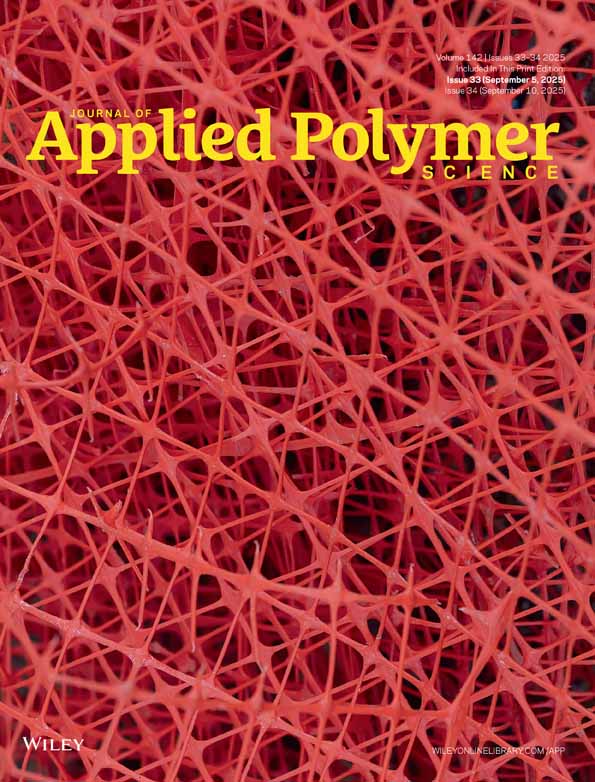Tensile tests of phenol formaldehyde glass-powder-reinforced composites: Pilot study
Abstract
Phenol formaldehyde was filled with glass powder (GP) to optimize the strength and impact toughness of the composite for structural applications by a research center at the University of Southern Queensland. To reduce costs, the center wished to fill as much of the glass microspheres as possible to maintain sufficient strength and impact toughness in the composites in structural applications. In this project, we varied the weight percentages of the GP in the composites, which were then subjected to tensile tests. The best weight percentage of GP that could be added to the phenolic resin to give the optimum yield, tensile strengths, Young's modulus, and cost was found to be about 10%. The contribution of this study was the finding that if the tensile properties are the most important factors to be considered in the applications of the composites, GP is not a suitable filler. © 2009 Wiley Periodicals, Inc. J Appl Polym Sci, 2010




